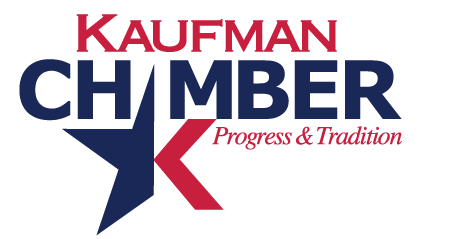Employees need meaningful connections in the workplace, and social time with co-workers can be a powerful office perk.
• 85%, 84%, 74%, and 73% of employees indicated that they would return to their offices if they could rebuild team bonds, socialize with coworkers, if their “work friends” were there or if their direct team members would be there.
• Employers should also integrate social time, breaks, and movement at work to create a positive workplace climate
• The hybrid work model is likely here to stay and employers who offer remote working flexibility while creating an inviting in-person environment will attract talented and loyal workers
659 words/ 3 min. read
The concept of a “workplace” has evolved significantly over the past three years. Remote offices and hybrid work models have disrupted the organic social interactions that once unfolded effortlessly around the water cooler. Employers have also recognized that offering remote working options not only attracts top talent but also grapples with the challenge of enticing employees back to the physical office full-time.
Regardless of whether your workplace is completely remote, fully in-office, or somewhere in between, there is an undeniable magic that occurs when employees come together in person. After all, workers are human beings, and as humans, we possess an innate need for social connection. Continue reading to explore how you can effectively harness your employees’ social needs and foster meaningful connections.
The Importance of Social Connections
Many individuals who work from home miss the social connections that come with working in an office environment. However, simply returning to the office to spend the entire day responding to emails and joining Zoom calls can dampen their enthusiasm. If managers can find opportunities for team collaboration and foster connections, employees are more likely to feel energized and eager to return to the office.
In a Harvard Business Review article, employees listed the following as top reasons to return to the workplace:
- 85% of employees would be motivated to go into the office to rebuild team bonds.
- 84% of employees would be motivated to go into the office if they could socialize with coworkers.
- 74% of employees would go to the office more frequently if they knew their “work friends” were there.
- 73% of employees would go to the office more frequently if they knew their direct team members would be there.
Humans are inherently social beings, and it is no surprise that the top motivator for in-person work includes other people. Workplace satisfaction experts agree that the days of simply punching the clock are over for modern employees. Work should provide a sense of purpose and a feeling of belonging to something greater than oneself, and tapping into team-building and relationships is a great way to do just that.
Workplace Social Time Goes a Long Way
Employees who have grown accustomed to zero commute time and flexible schedules may require more persuasion when it comes to returning to the office. To encourage employees’ desire to be in the office, Sammi Caramela, a contributor to the US Chamber of Commerce, proposes five compelling incentives. These include setting clear expectations, maintaining consistent communication, accommodating family and illness situations, and fostering a workplace culture that values genuine human connections.
Caramela promotes a workplace culture that values social connections and prioritizes employee well-being. This includes integrating activities like team lunches, office birthday celebrations, and casual Friday treats such as bagels and fruit. In addition, Caramela recognizes the importance of granting employees autonomy in determining when they need a break. Whether it’s enjoying lunch at a favorite restaurant or finding solace in a book in the office lounge, these breaks contribute to overall well-being.
Encouraging walks, exercise classes, and empowering employees with more control over their work day will combat afternoon fatigue, improve productivity, even strengthen the immune system. Employers can leverage this opportunity to create a supportive work environment, offsetting the drawbacks of remote working such as distractions and imbalanced work days. Prioritizing rest and movement at work can help workplaces excel amidst the unique demands of work from home.
The Hybrid Work Model Is Likely Here to Stay
Not everyone finds motivation through socializing, and some employees get enough social interaction outside of work. Employers can attract and retain exceptional workers by embracing this trend. By fostering an inviting in-person work environment and allowing remote work flexibility, everyone can feel connected and purposeful in their roles. The key is to enrich the in-office workday while remaining adaptable to the changing landscape of work and the needs of the modern workforce.
Last modified: October 30, 2023



